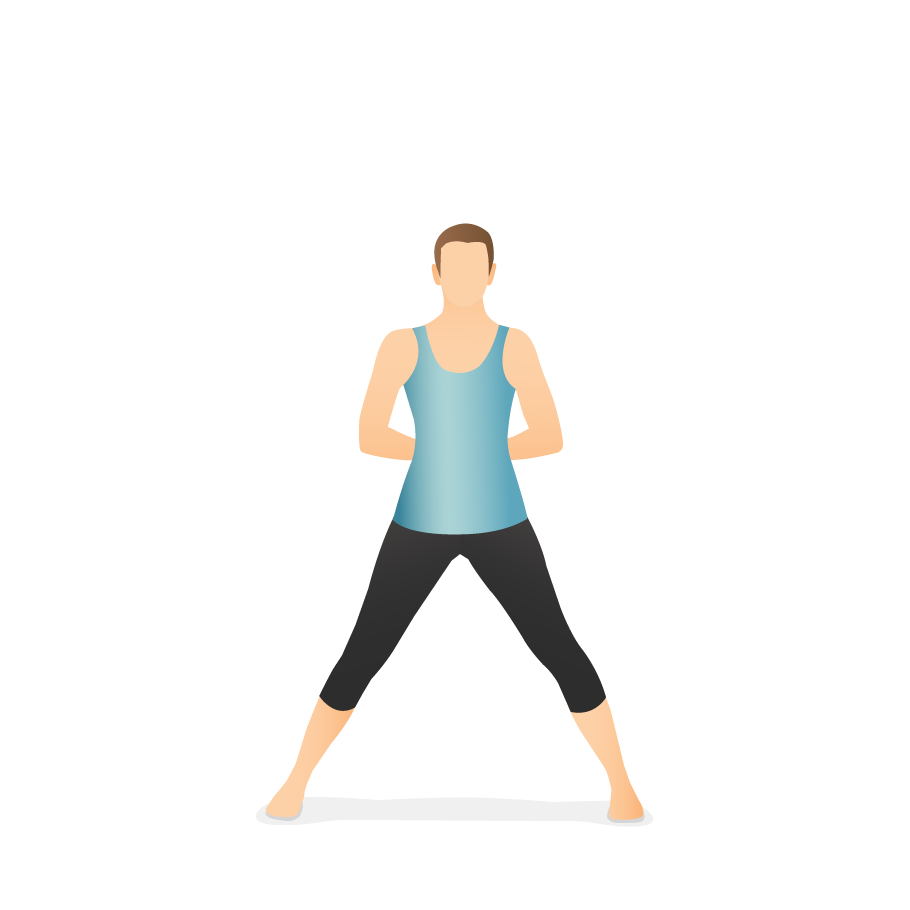Yoga for Carpal Tunnel Syndrome: Relief, Prevention & Healing Techniques
Carpal Tunnel Syndrome (CTS) is a condition caused by compression of the median nerve in the wrist. It is common among office workers, musicians, and anyone performing repetitive hand movements. Symptoms include tingling, numbness, pain, and weakness in the hands. Yoga provides a holistic solution for relieving symptoms, improving wrist mobility, strengthening forearms, and preventing further injury. In this guide, we will explore deep insights, yoga poses, mindfulness practices, lifestyle changes, and nutrition tips for CTS relief.
Understanding Carpal Tunnel Syndrome
CTS occurs when the carpal tunnel—a narrow passageway of bones and ligaments at the base of the hand—compresses the median nerve. Factors such as repetitive movements, poor posture, hormonal changes, and certain medical conditions contribute to CTS. Symptoms may worsen at night or after long periods of typing or handwork.
Common Symptoms
- Tingling or numbness in the thumb, index, and middle fingers
- Weak grip and difficulty holding objects
- Pain radiating up the arm
- Wrist stiffness, especially in the morning
Causes and Risk Factors
- Repetitive hand movements (typing, gaming, texting)
- Prolonged use of vibrating tools
- Pregnancy or hormonal changes
- Medical conditions: diabetes, arthritis, obesity
- Previous wrist injury
Why Yoga is Effective for CTS
Yoga strengthens muscles, increases flexibility, improves circulation, and reduces inflammation. For CTS, targeted yoga poses relieve nerve compression, restore wrist alignment, and prevent further damage. Mindfulness and breathing techniques reduce stress, which can exacerbate symptoms.
Top Yoga Poses for Carpal Tunnel Syndrome
1. Wrist Stretch
 Wrist Stretch to relieve tension in hands and wrists.
Wrist Stretch to relieve tension in hands and wrists.
Extend one arm in front with palm up, gently pull back fingers with the other hand. Hold 20–30 seconds, repeat for other hand. Improves flexibility and reduces stiffness.
2. Prayer Pose (Anjali Mudra)
 Prayer Pose stretches wrists and aligns fingers.
Prayer Pose stretches wrists and aligns fingers.
Place palms together at chest. Slowly lower hands while keeping palms together until you feel a gentle wrist stretch. Hold 30 seconds.
3. Tabletop Wrist Stretch
 Tabletop Wrist Stretch opens wrist flexors and extensors.
Tabletop Wrist Stretch opens wrist flexors and extensors.
Get on hands and knees, turn palms so fingers point toward knees, gently lean back. Hold 20–30 seconds. Reduces tension and improves mobility.
4. Eagle Arms (Garudasana Arms)
 Eagle Arms strengthen forearms and improve circulation.
Eagle Arms strengthen forearms and improve circulation.
Cross elbows, wrap forearms, lift elbows slightly. Hold 20–30 seconds per side. Relieves nerve compression.
5. Cow Face Pose Arms (Gomukhasana Arms)
 Cow Face Pose Arms stretch shoulders, wrists, and forearms.
Cow Face Pose Arms stretch shoulders, wrists, and forearms.
Raise one arm overhead, bend elbow behind back. Reach opposite arm and try to clasp hands. Hold 20–30 seconds per side.
6. Wrist Rotations
Make fists, rotate wrists 10–15 times in each direction. Improves circulation and reduces stiffness.
7. Reverse Prayer Pose
 Reverse Prayer Pose improves wrist flexibility and alignment.
Reverse Prayer Pose improves wrist flexibility and alignment.
Place palms together behind back in reverse prayer position. Hold 20–30 seconds. Relieves median nerve compression.
Breathing & Mindfulness Practices
Deep Diaphragmatic Breathing
Sit comfortably, place hands on abdomen. Inhale deeply through nose, feel abdomen expand. Exhale slowly through mouth. 5–10 minutes daily. Reduces stress and inflammation.
Alternate Nostril Breathing (Nadi Shodhana)
Close right nostril, inhale through left. Close left, exhale through right. Repeat 5–10 cycles. Balances nervous system, improves circulation.
Mindful Meditation
Focus on breath and releasing tension in wrists, hands, and shoulders for 10–15 minutes. Reduces pain perception and promotes healing.
Lifestyle Adjustments for CTS
- Maintain ergonomic workstation with neutral wrists.
- Take breaks every 30–60 minutes for stretches.
- Strengthen hands with stress balls or hand grippers.
- Alternate tasks to prevent repetitive strain.
- Sleep with wrists neutral, use supportive pillows or braces.
Nutrition for Joint & Nerve Health
- Omega-3 rich foods: salmon, flax seeds
- Anti-inflammatory foods: turmeric, ginger
- Hydration: 8–10 glasses of water daily
FAQ Section
Q: Can yoga fully cure CTS?
A: Yoga alleviates symptoms and prevents progression. Severe cases may need medical intervention.
Q: How often should I practice yoga for CTS?
A: Daily or 5–6 times per week, sessions 15–30 minutes.
Q: Are wrist braces necessary with yoga?
A: Braces help initially, yoga strengthens wrists over time.
Conclusion
Yoga offers a natural, holistic approach to relieve and prevent CTS. Combining wrist-focused yoga poses, mindfulness, ergonomic adjustments, lifestyle changes, and nutrition can reduce pain, improve mobility, and prevent nerve compression. Join YogaEndless today for expert guidance and online classes to manage CTS naturally. Join YogaEndless Now
